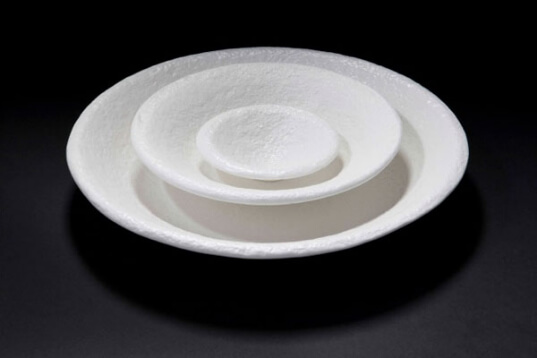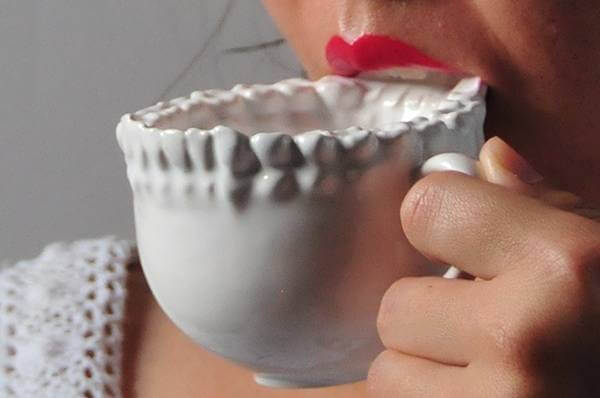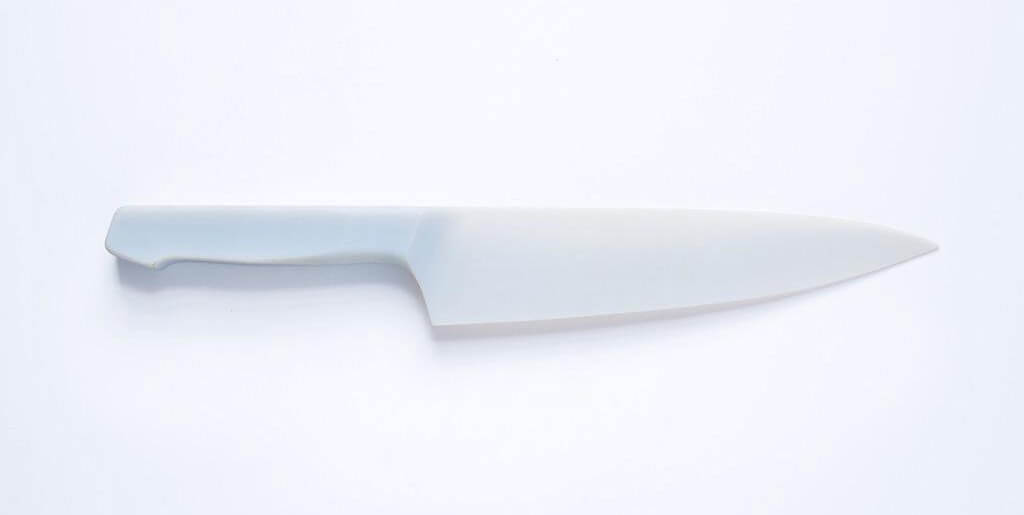Additive manufacturing for food
Yes, everything is 3D printable, and if it is possible to print impressive technical devices for the aerospace industry, it might also be possible to use a 3D printer to manufacture regular kitchen utensils for instance. You may want to create custom-made objects for kitchens. No matter what is your project, if there is a contact with food involved, the materials used have to be totally safe. First of all, it has to be safe for you, but also for the food in order to avoid food poisoning.
To take another example, when 3D printing for medical purposes, you have to use biocompatible materials, that will be totally safe for the human body, that won’t be harmful to health. For any medical use, you have to choose your material wisely. It is the same for a gastronomical use.
The use of 3D printing tends to widespread in a lot of different industry. It is actually a great solution to make food containers but also more personal objects with a great design works and a custom-made aspect.
Mind the risks
Here are the main reasons why you need to use food-safe 3D printing materials or 3D printing filament:
Growth of bacteria
When 3D printing an object that will be in contact with food, the last thing that you want is the growth of bacteria that could eventually contaminate you or anybody else. To avoid the growth of bacteria, you need a smooth material. And even if the object is quite smooth, you will have to pay attention to the design. Indeed, if the food can get stuck in small parts of your design, or simply in the layers, it will encourage the growth of bacteria.
Chemical products from the printing process
A mix of heat and chemicals are actually needed to get a 3D printed objects, that is why you have to be careful on technologies and materials used to 3D print your project, especially if the part will eventually touch food. Toxic particles present during the 3D printing process could have health effect if ingested. It would a shame to be poisoned by a coffee cup!
Chemical directly in the materials
More than 3D printing processes, some materials are made of toxic chemicals ABS is particularly unsafe, as there are toxic chemicals in the filament! Some materials such as ABS have a high level of ultrafine particles, according to a study by Illinois Institute of Technology and the National Institute of Applied Sciences in Lyon, France. As the ingestion of these kinds of particles can lead to some health problem, we do not recommend you to use them. That is actually a factor that you have to take into account while 3D printing a part that will be in contact with food.
https://inhabitat.com/philippe-malouin-3d-prints-bowls-and-plates-using-sugar/


 Connect with Google
Connect with Google Connect with Facebook
Connect with Facebook

